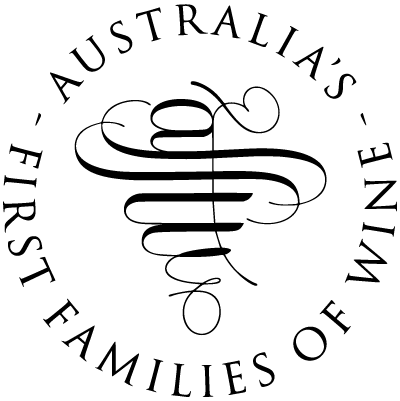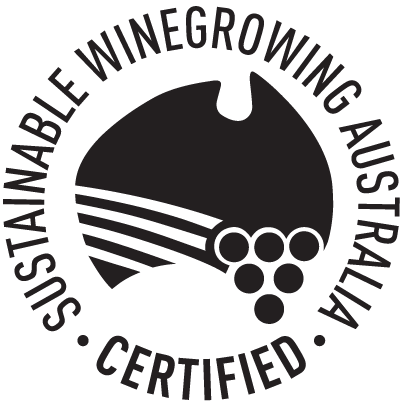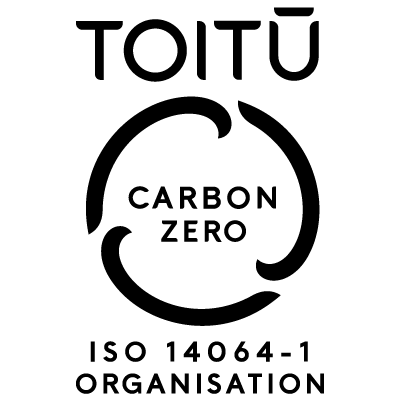_900.jpeg)
Join us for a truly special guided tasting experience: An Afternoon with Tahbilk's Marsanne.
We've selected seven wines, including four styles, for a comparable tasting of young and aged Marsanne.
In the mix is a rare 1927 Vines Marsanne from our exclusive Museum Release Program. The 1999 vintage, aged for an impressive 25 years, showcases the remarkable depth and complexity of a well-matured wine. You can taste the comparable younger example of this style side by side and imagine the journey it will take to one day reach its potential in 25 years' time.
*Please note there is limited availability of the last of these exceptional bottles of wine, and they are unavailable for purchase. A selection of the remaining six wines can be purchased exclusively through the Tahbilk Wine Club and at Tahbilk Cellar Door.
If you're not already a member, we warmly welcome you to join our Wine Club for free and enjoy being a part of this unique wine-tasting adventure.
Spend a delightful afternoon at Tahbilk Cellar Door. Guided by your own cellar door host, get to know Tahbilk's expressions of Marsanne: sparkling, still, aged and sweet, accompanied by live music.
Saturday 10th February & Sunday 11th February 2024
45 min guided tasting
12 - 4pm
If you would like to know a little more about Marsanne, please continue...
When was Marsanne first planted at Tahbilk?
The first vines were cuttings taken St Huberts Winery in the Yarra Valley in 1860. However, these vines were affected by Phyloxeria and were replaced in 1927. Tahbilk continues to have the largest single planting of Marsanne in Australia and is considered one of the world's top producers.
What's the significance of the Nagambie Lakes Wine Region for growing Marsanne?
Tahbilk Winery is located in Nagambie Lakes Central Victoria, where the long, slow-growing season of around 20-21°C provides good conditions for Marsanne to grow. Marsanne is typically late budding, mid-ripening, and vigorous, with large bunches of small berries that will turn golden brown when close to ripening. The large water mass of the lakes and river system contributes to a cooling effect, and the soils provide a distinctive terroir unique to the Nagambie Lakes.
What winemaking techniques does Tahbilk use to make Marsanne?
Here at Tahbilk, we look to traditional winemaking practice where possible. When Alister Purbrick joined the team in 1978, he revolutionised the white wine process by introducing low-temperature fermentation and cold settling in stainless steel tanks; this meant he could focus on the purity of the fruit, creating a distinctive Tahbilk house style.
What is considered a young Marsanne?
Tahbilk Marsanne, between 1 and 3 years old, is a fresh and vibrant dry white wine with flavours of citrus lime and honeysuckle.
Typical Estate Marsannes are lifted and intense lemon citrus, spice, and pear fruits with a zesty minerality and cleansing acidity.
What is the Museum Release Program?
Every year, we set aside a portion of the vintage Marsanne to age in our underground cellars here at Tahbilk. A service to our Wine Club members to enjoy well into the future. The Museum Release Program was established by Eric Stevens Purbick and continues today as an investment into future enjoyment.
When we drink a Museum Release wine, we reminisce not only on the vintage but what we were doing in that space and time. It really is quite lovely! Second to that, John Purbrick, Eric's son, introduced birthyear wines for new members of the family to tuck away and open on a significant birthday. A wonderful idea if you have the patience.
When cellared, Marsanne develops complexity with toast and orange blossom on the nose and rich textures of marmalade, cashew or roasted nuts, a bit of spice and baked apple flavours on the palate. It develops into a full-bodied white wine as time in the bottle allows it to age gracefully. The colour will start to darken to beautiful golden hues.
The palate is rich and complex with a long finish. It's a real treat. Bottle ageing is where the magic happens. You'll have much enjoyment deciphering when it is best to crack it open. Tahbilk Estate Marsanne can be cellared for 20 years, and the 1927 Vines Marsanne can be cellared for much longer.
1927 Vines Marsanne
The 1927 Vines Marsanne has an interesting story. Alister Purbrick, CEO & Winemaker at Tahbilk, explains, "These wines will be at their best as 30 to 50-year-old wines and match the best in the world."
The winemaking process of the 1927 Vines Marsanne is very primitive. We borrowed an ancient technique that sets apart its style from the Estate Marsanne. The fruit is hand-harvested very early in the season to around 10-11% alcohol to retain as much acidity as possible, which means it has a high acid backbone, resulting in what is known as Wine Water. It has high acid and no flavour.
All the magic happens in the bottle, which takes around six or seven years. Over time, it evolves into a wonderful textural mineral wine. It has a classic ugly duckling to beautiful swan story. Making the wine this way develops in the bottle slowly and has incredible long-term cellaring potential. One for collectors, for sure! The 1927 Vines Marsanne wine is said to have a bit of a cult following and is the best expression of Tahbilk Marsanne.
What's the best way to serve Marsanne?
For the perfect sip, serve Tahbilk Marsanne at 10-13°C. The younger vintages are best suited a little cooler, while the aged wines appreciate the temperature to be a little warmer to allow the aromas to lift out of the glass.
What does Marsanne Pair with?
Marsanne is often called the most 'food-friendly' of all white wines. What's more, Marsanne is an incredibly versatile wine and offers different textural qualities across its various expressions. This varietal shines when paired with food; The classic pairing would be white fish or pan-fried trout. Enjoy!




